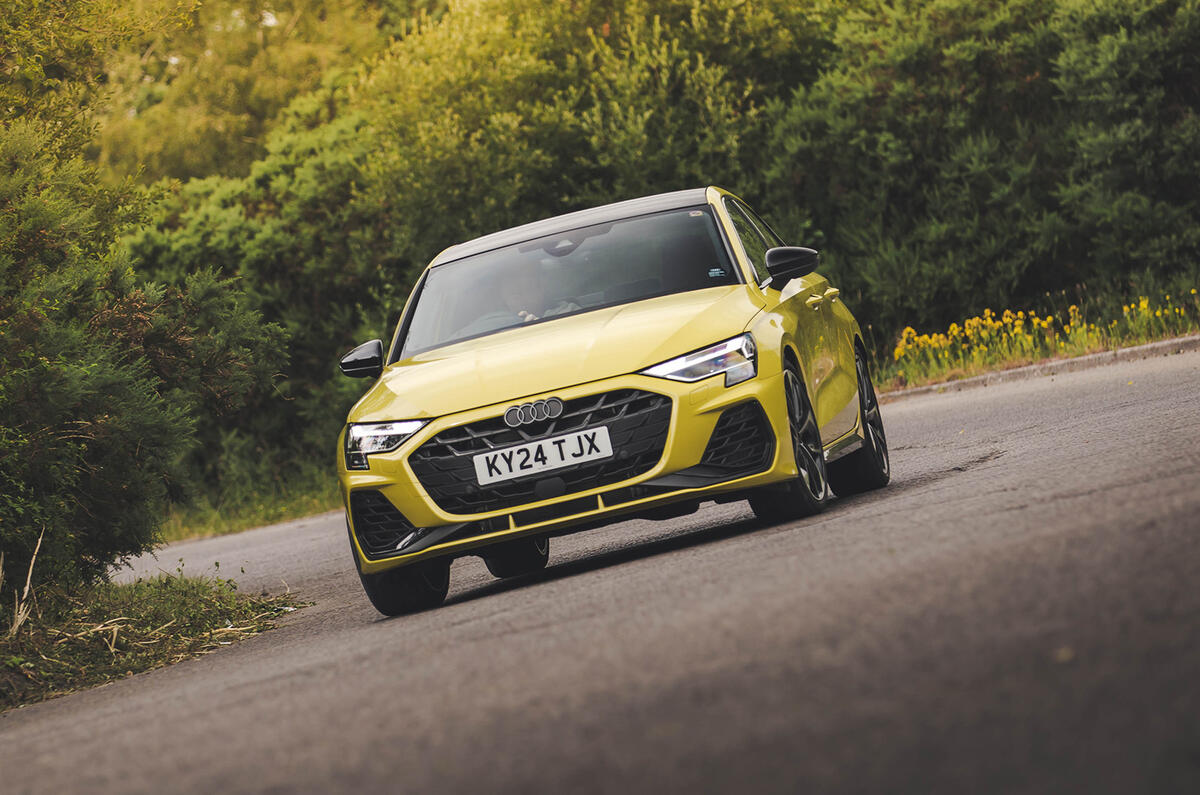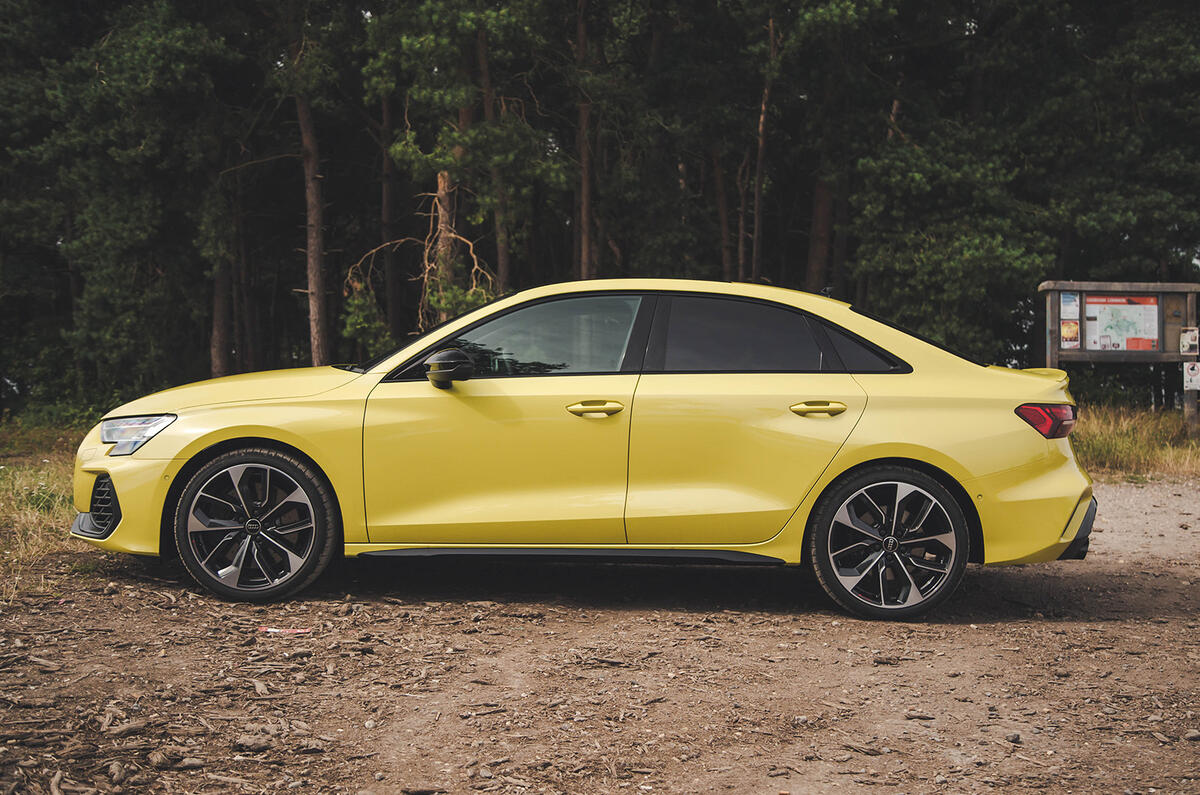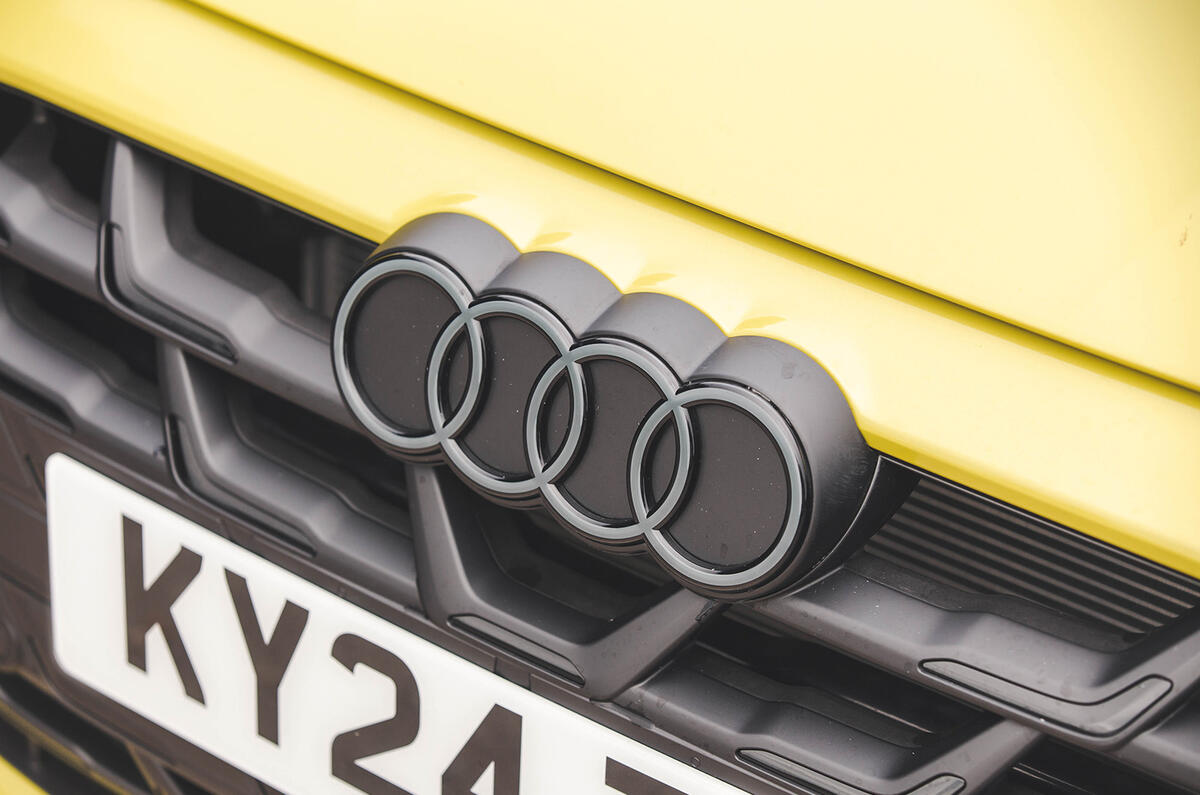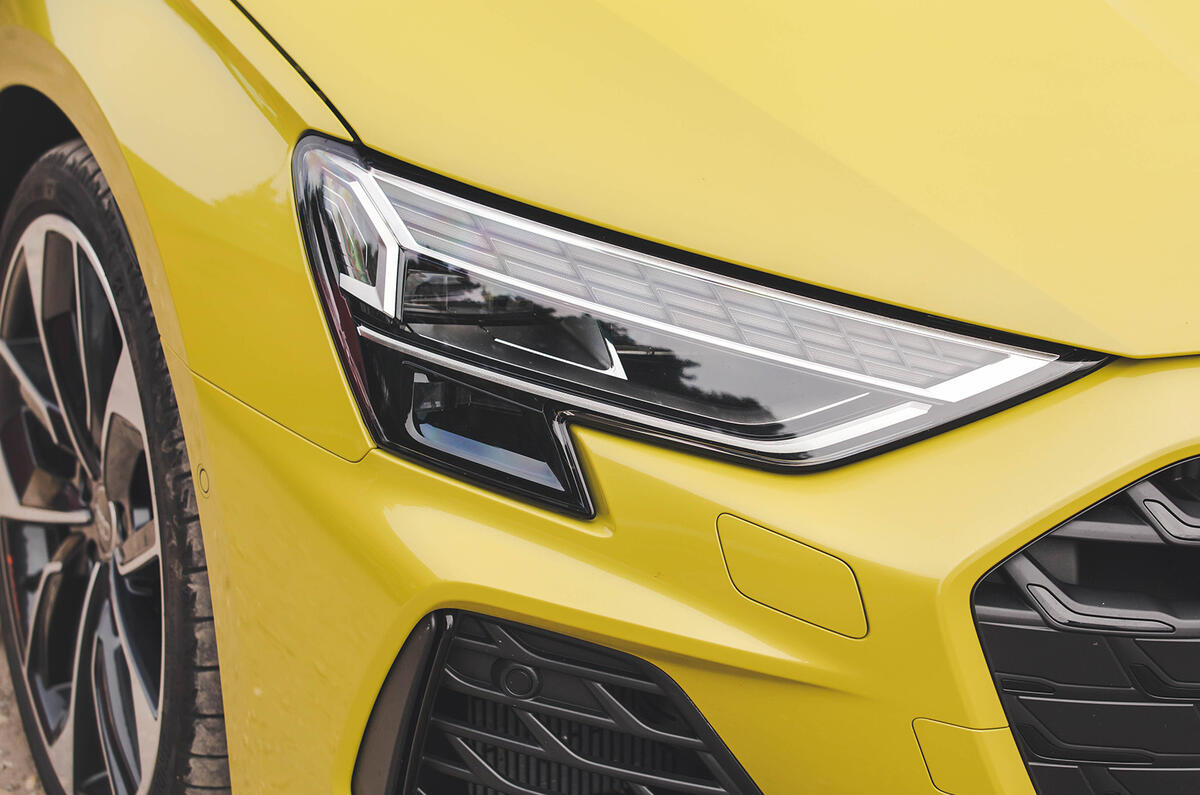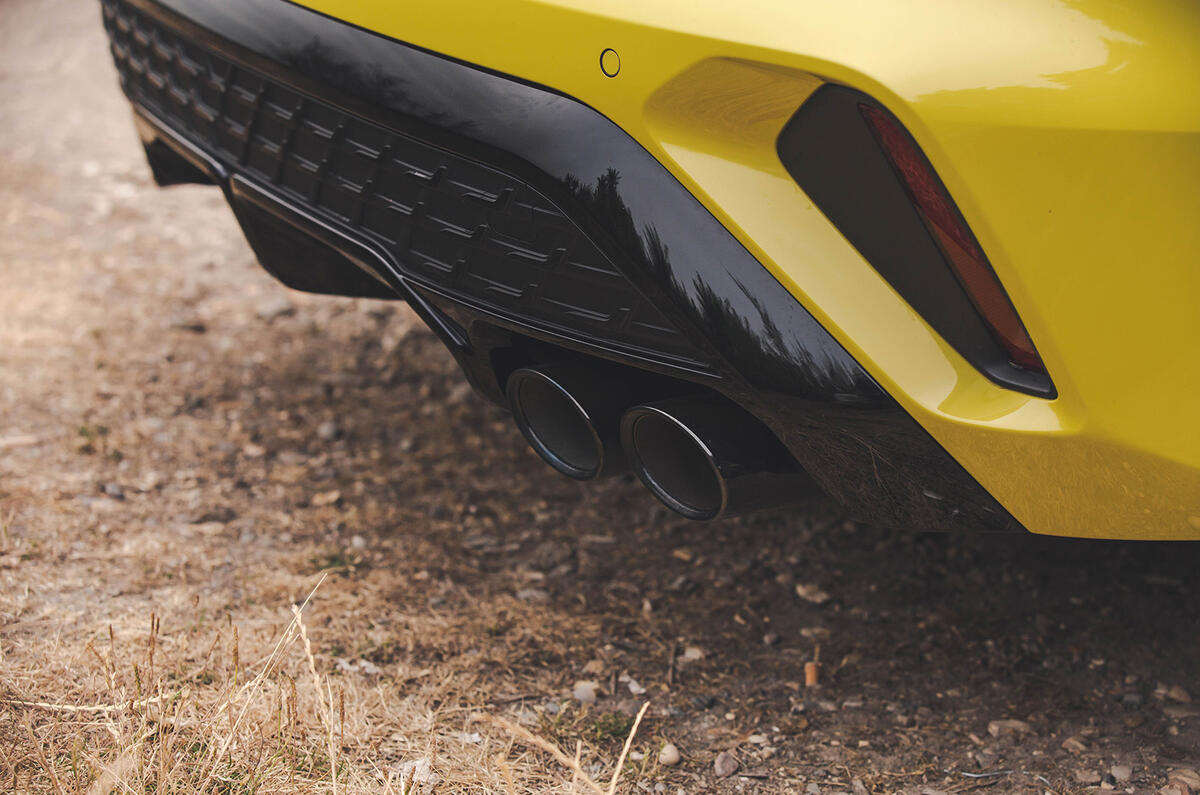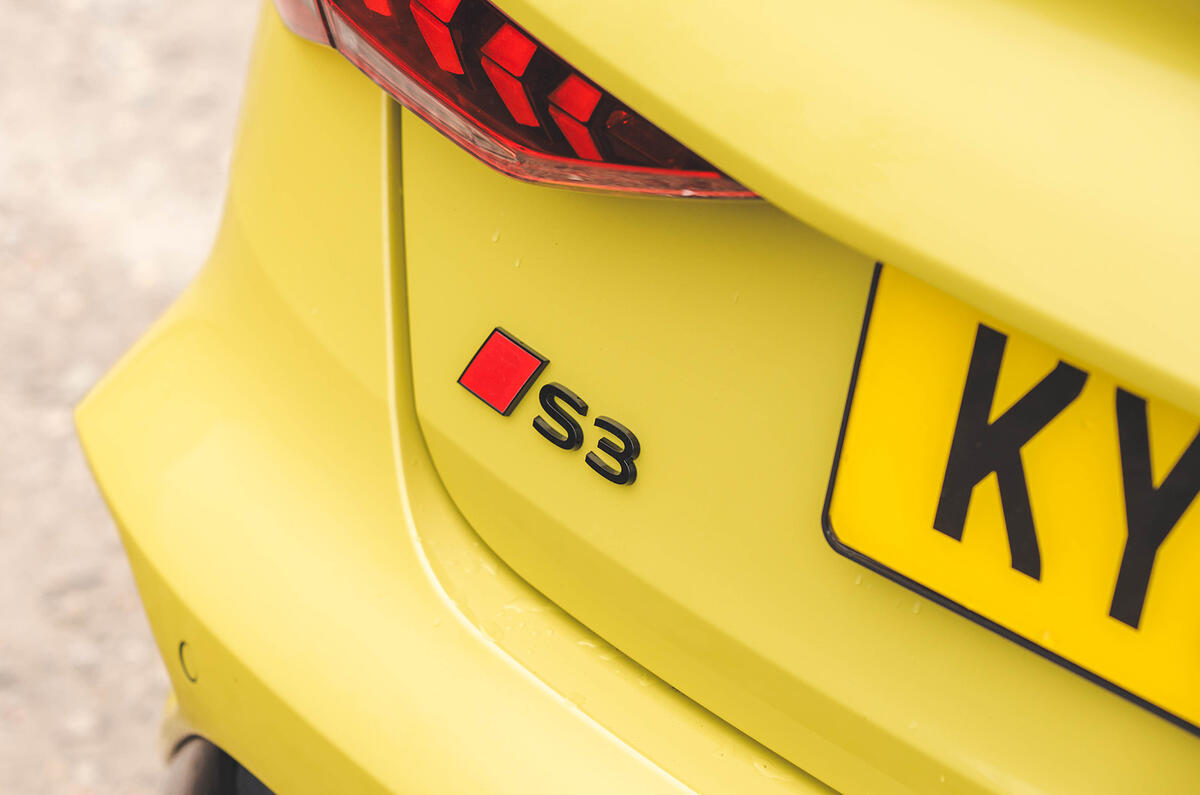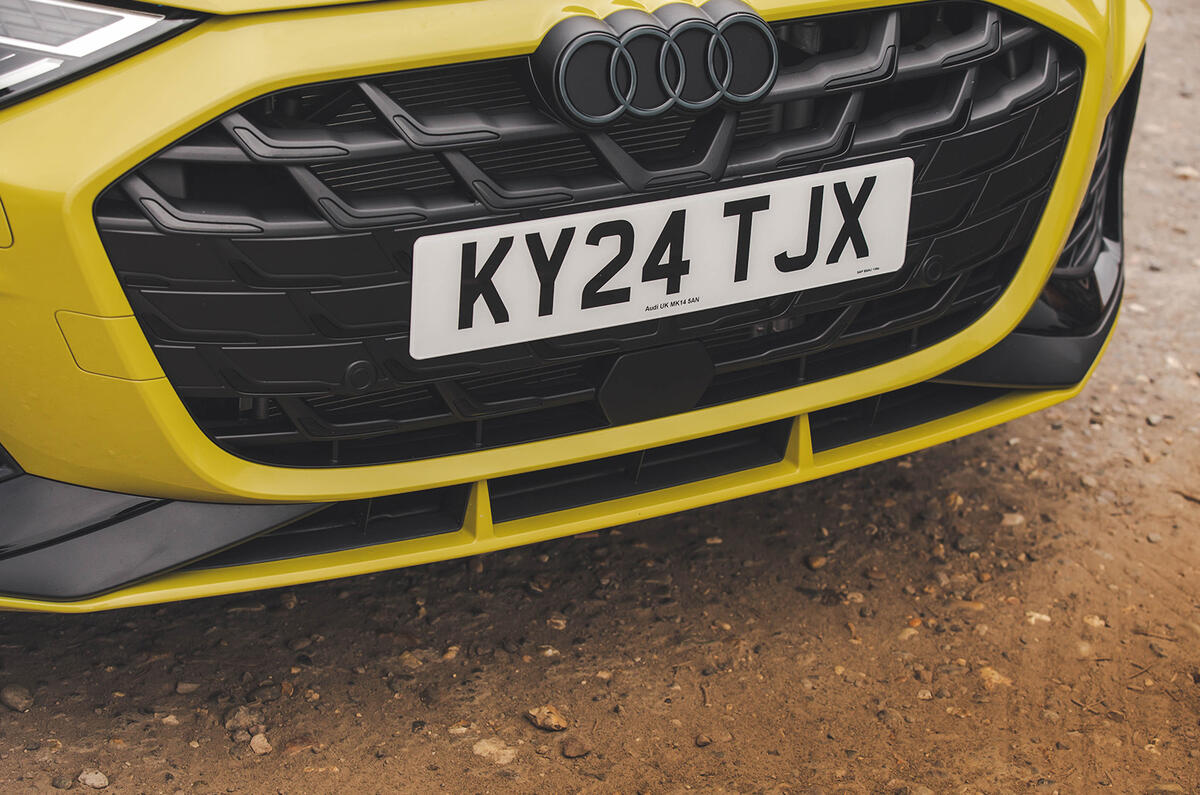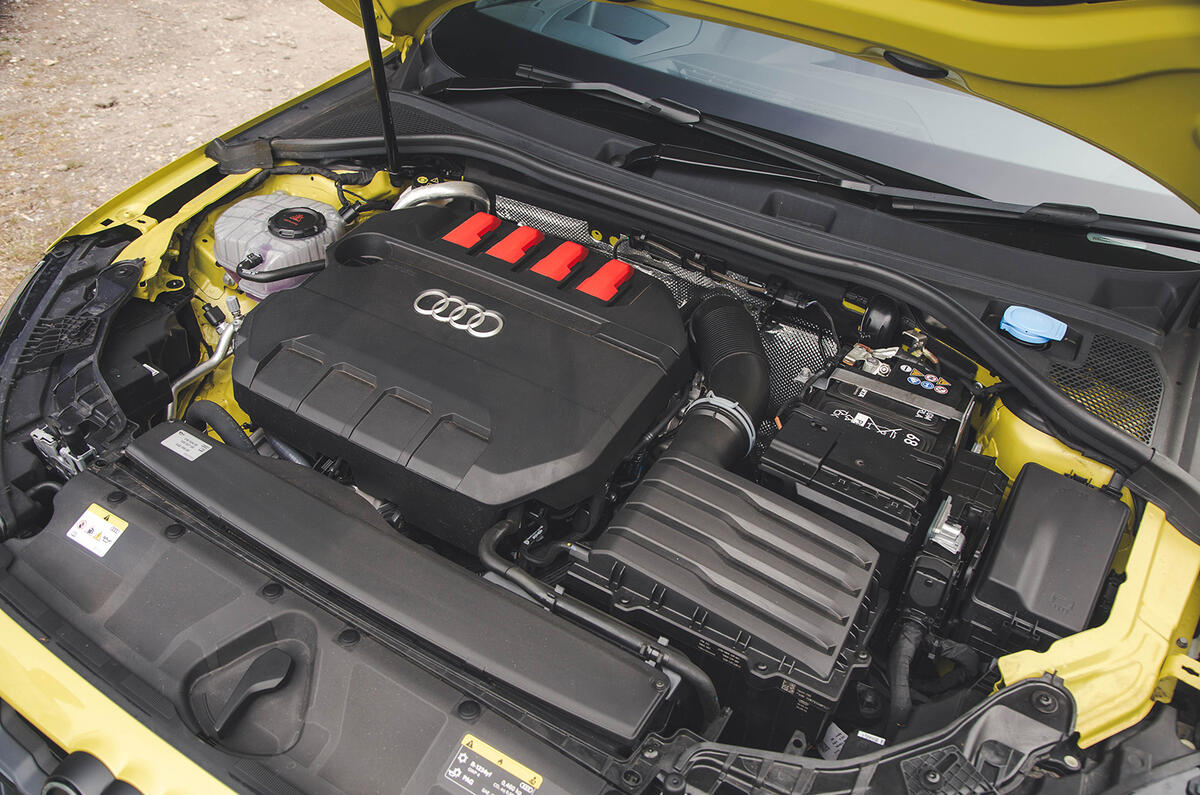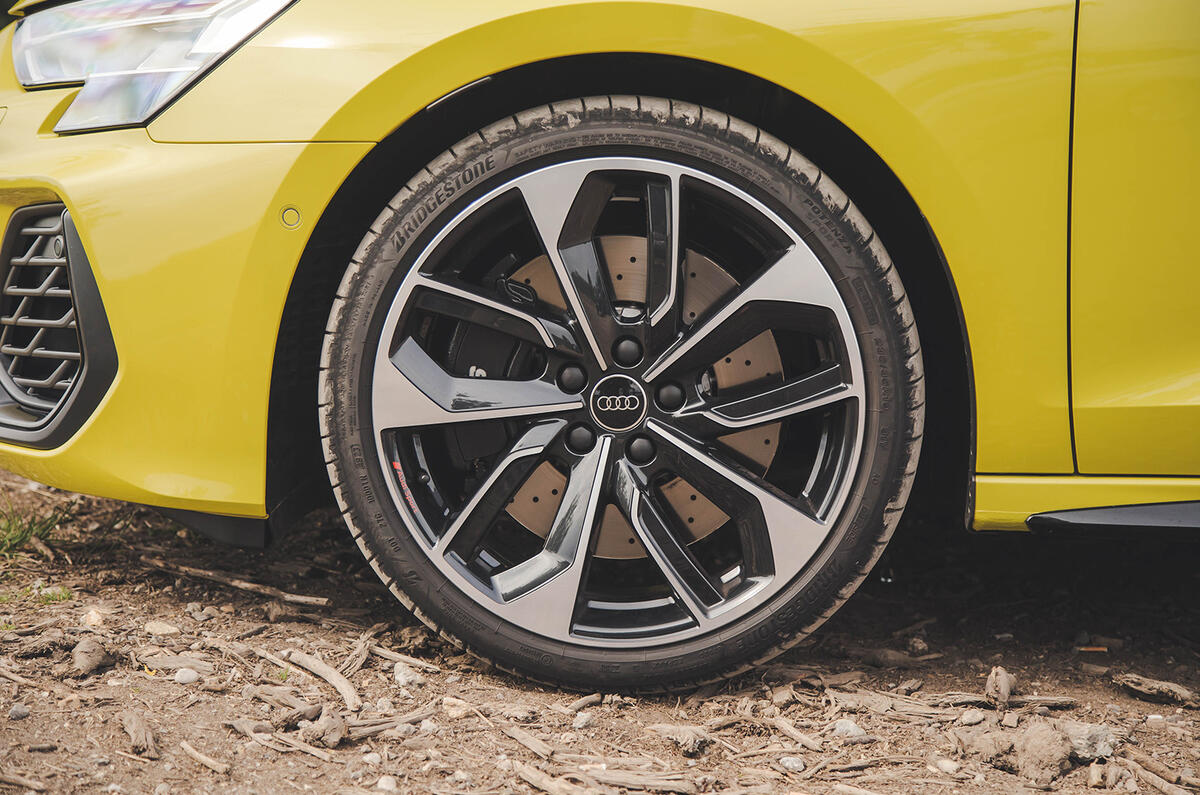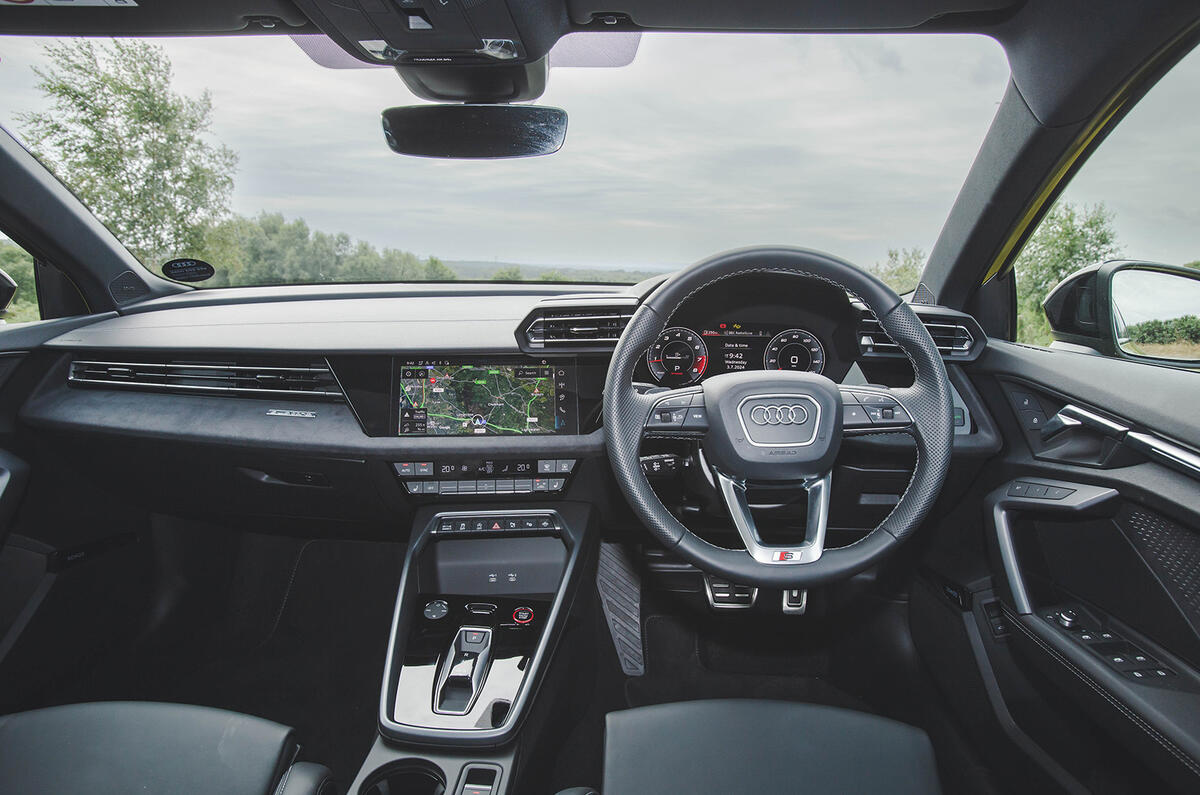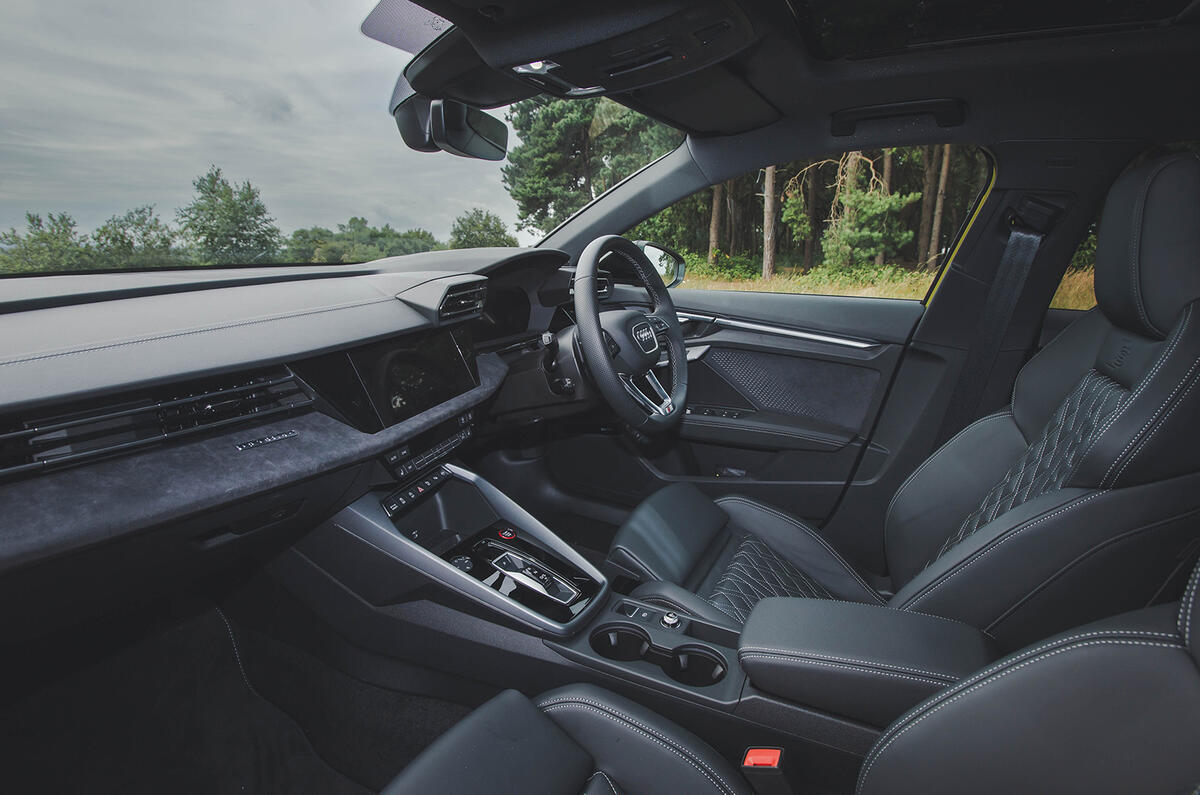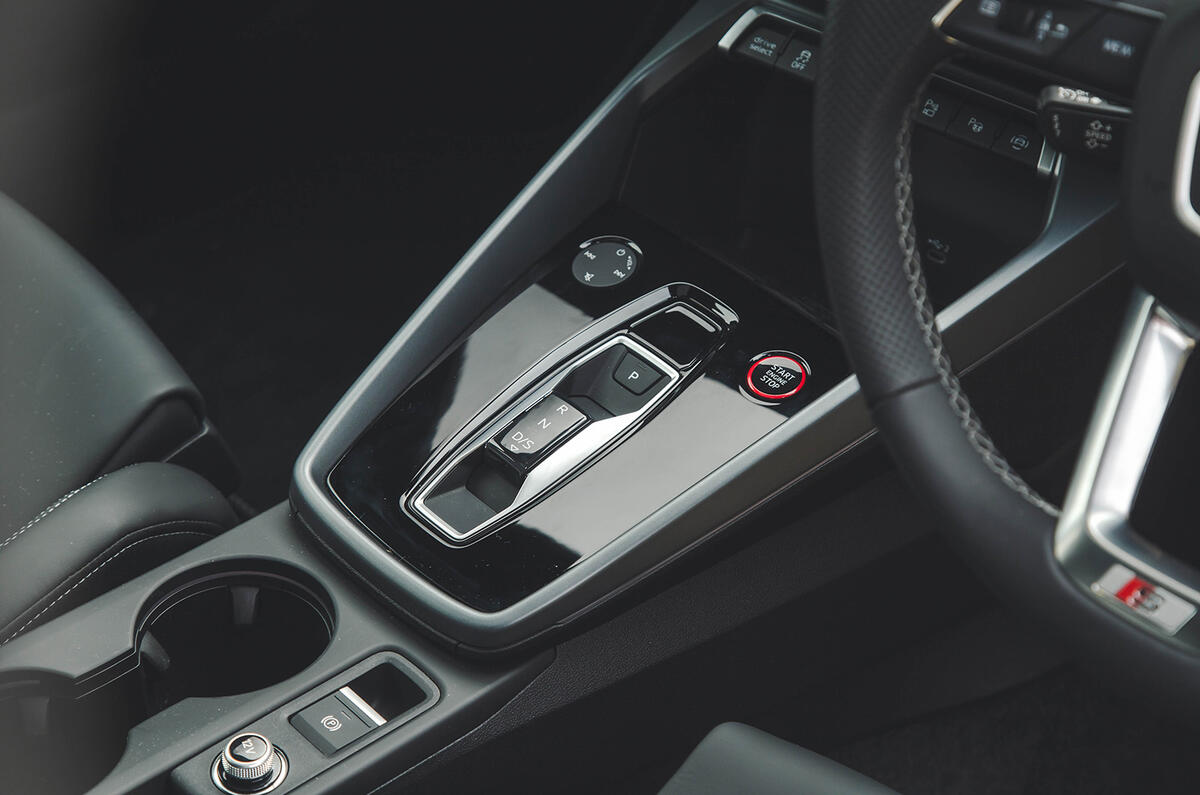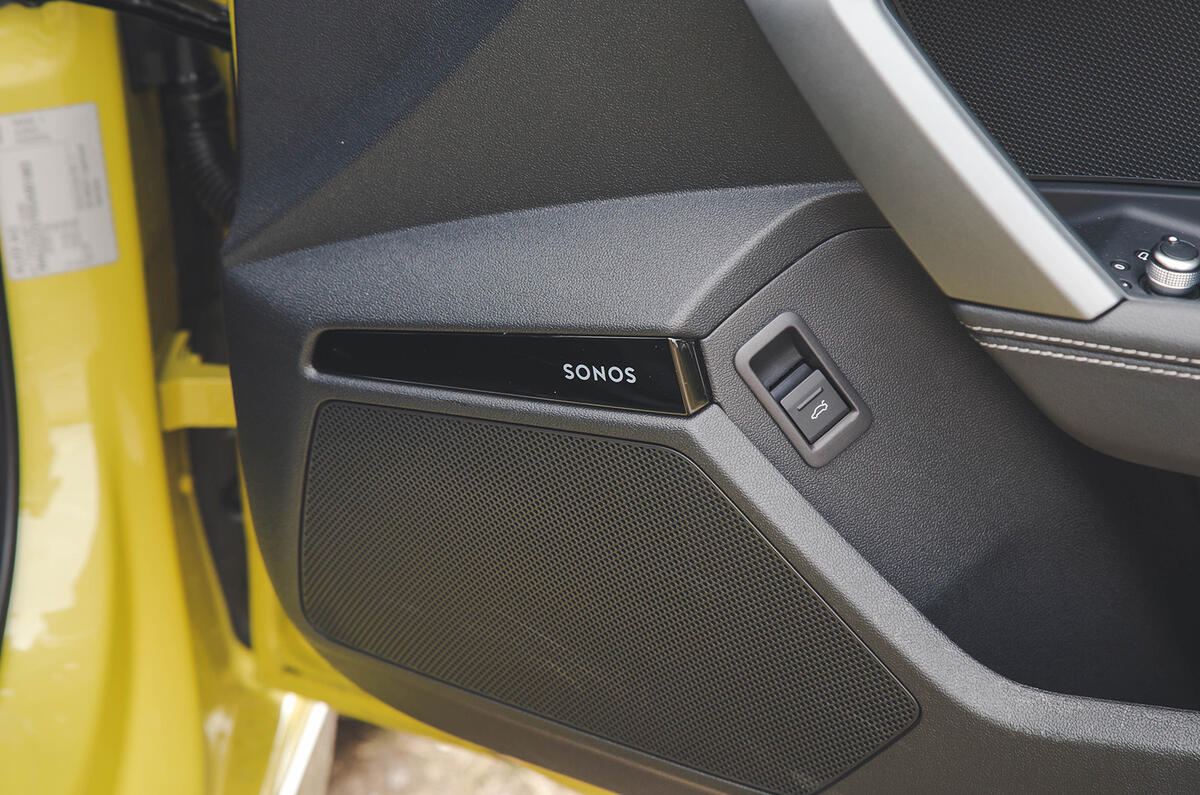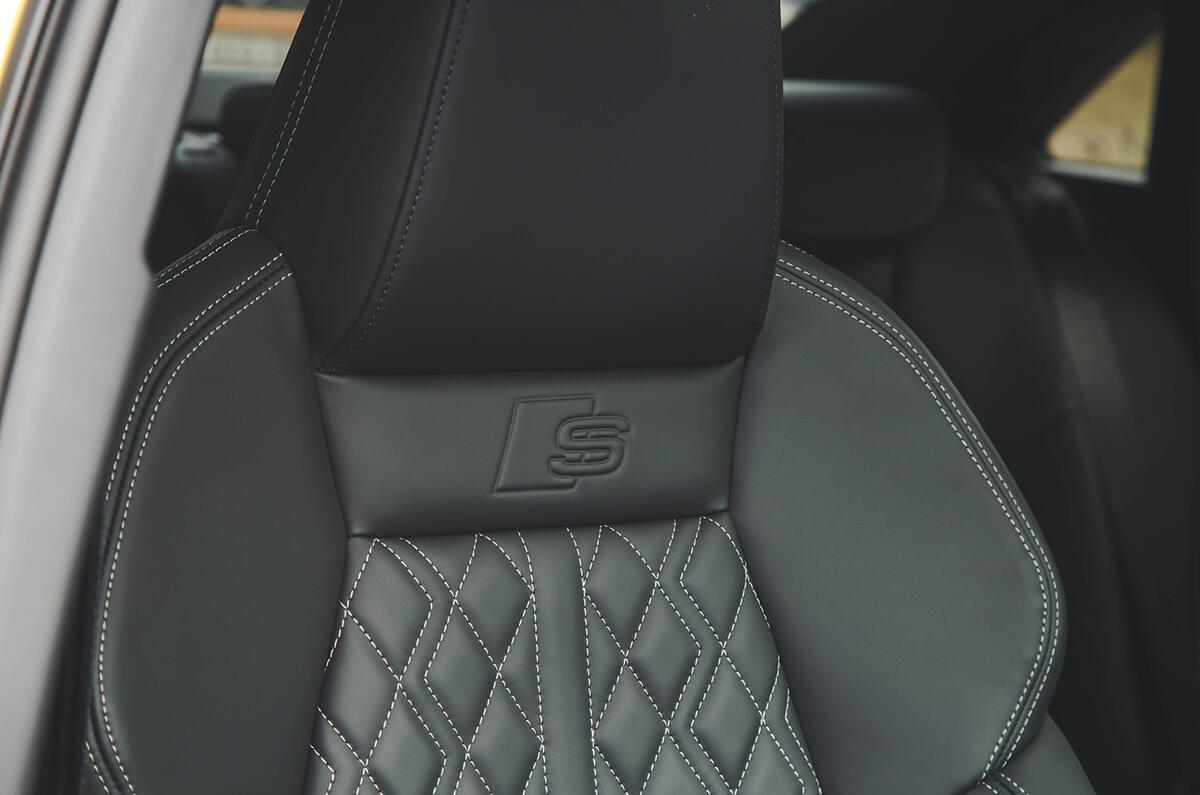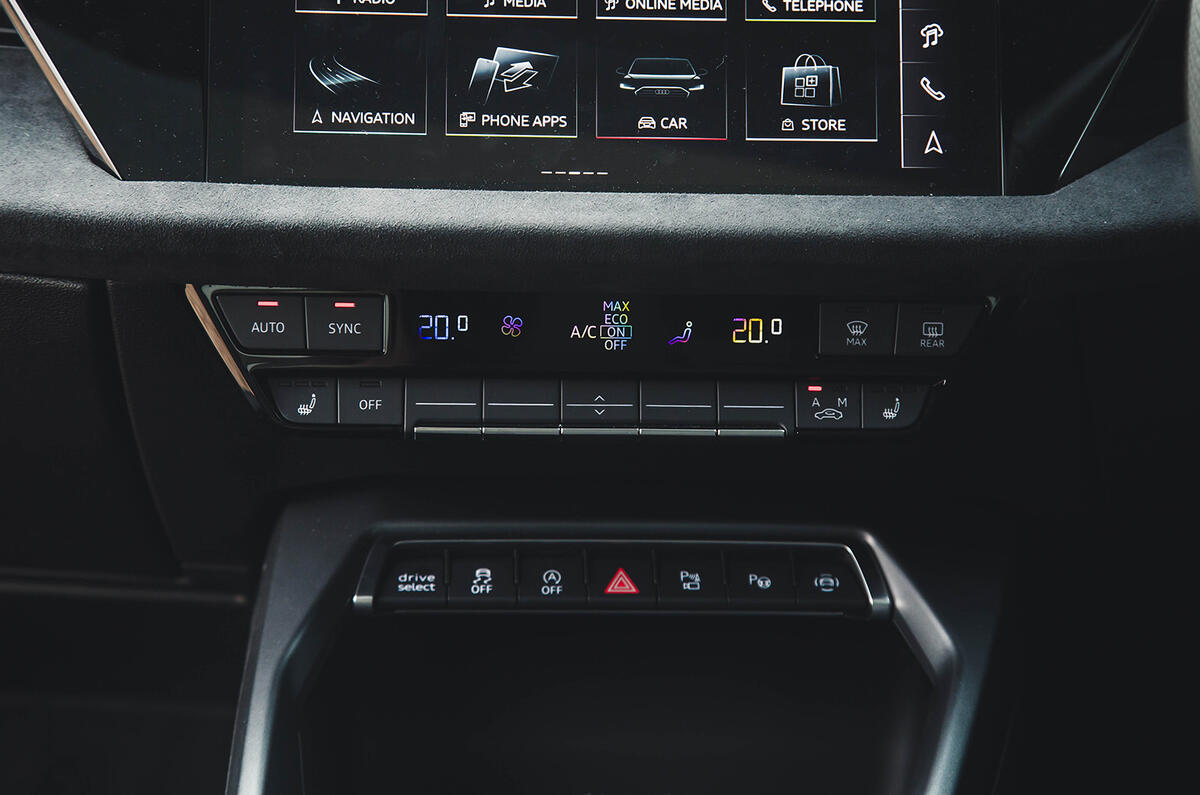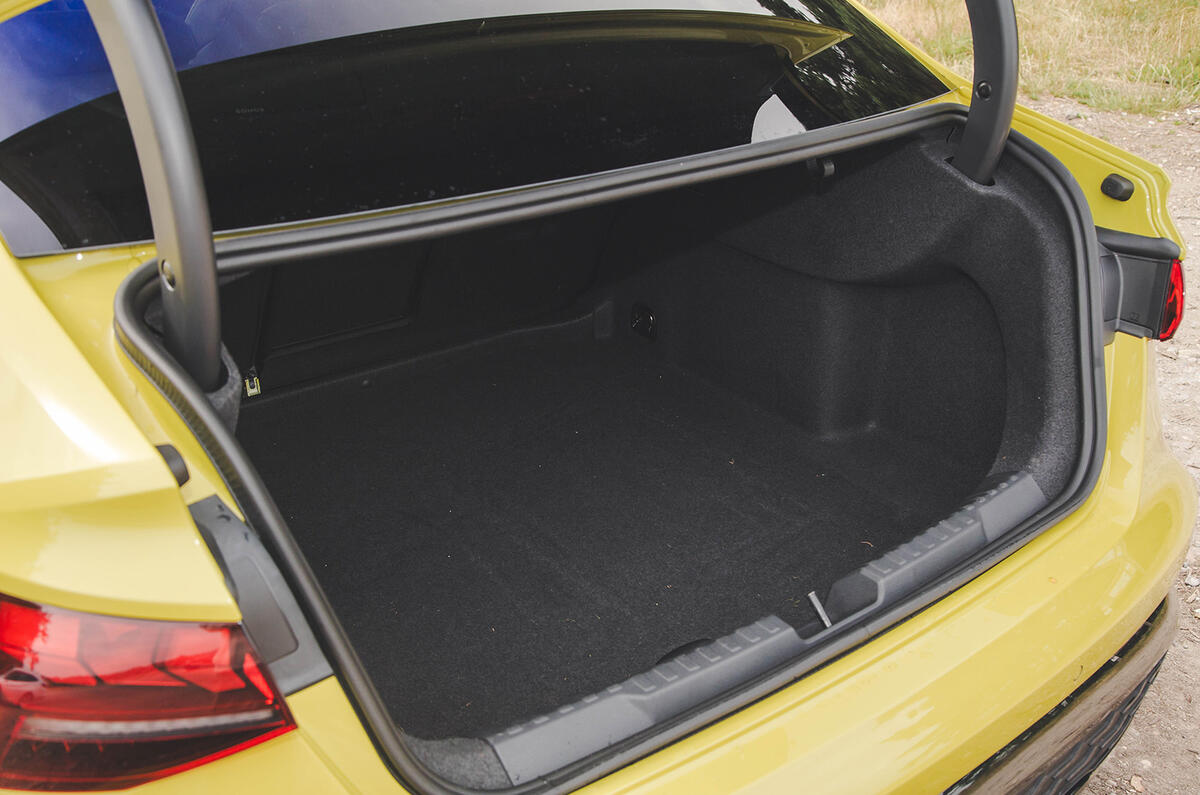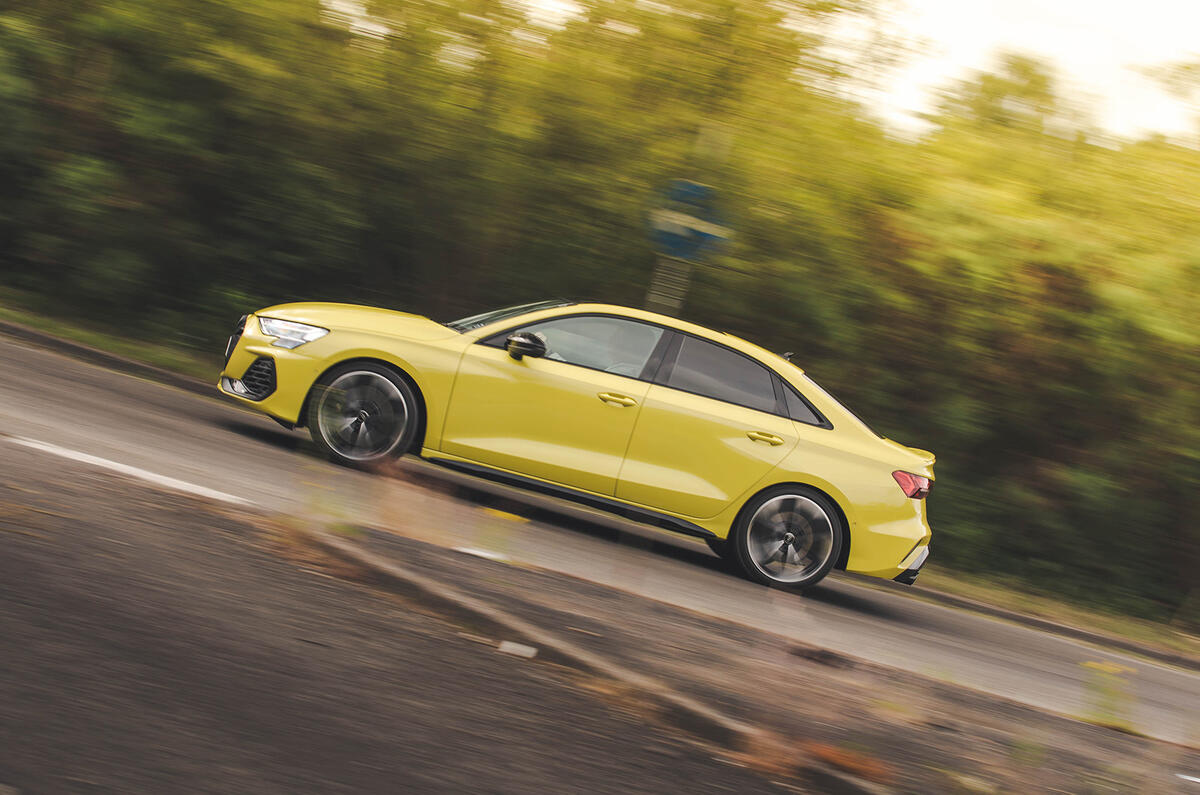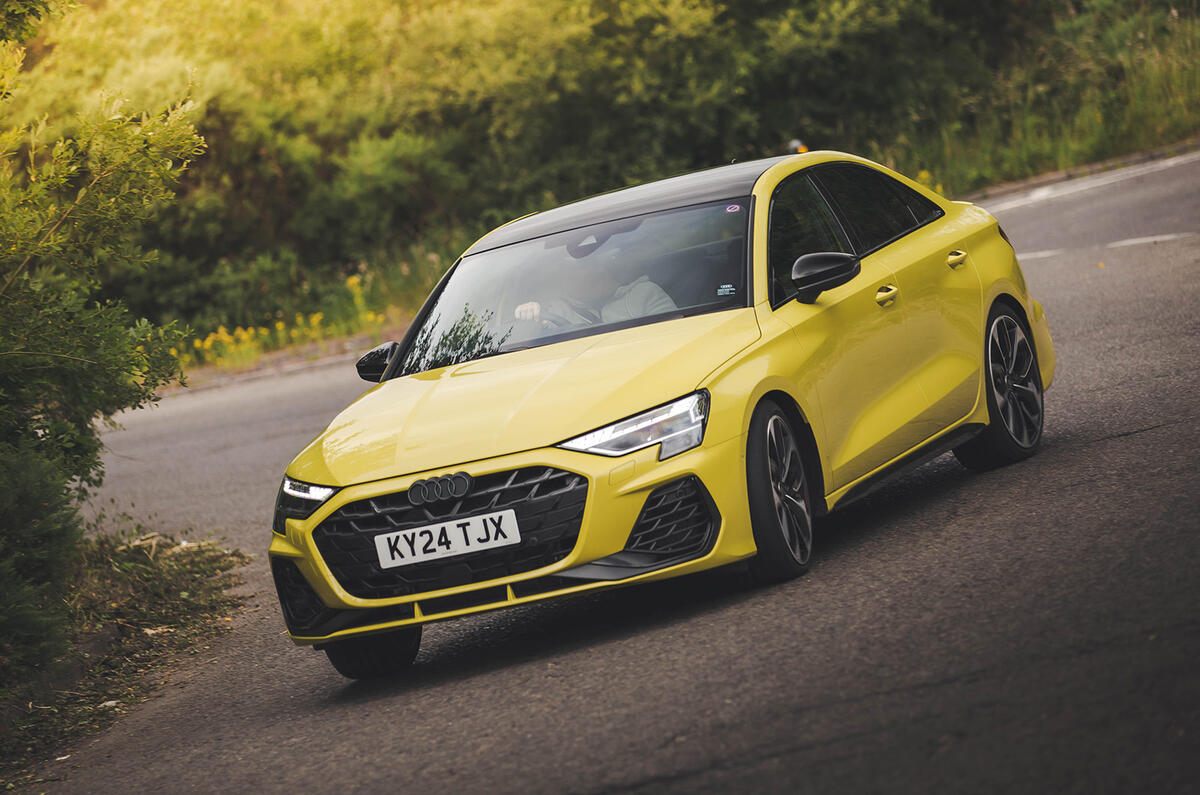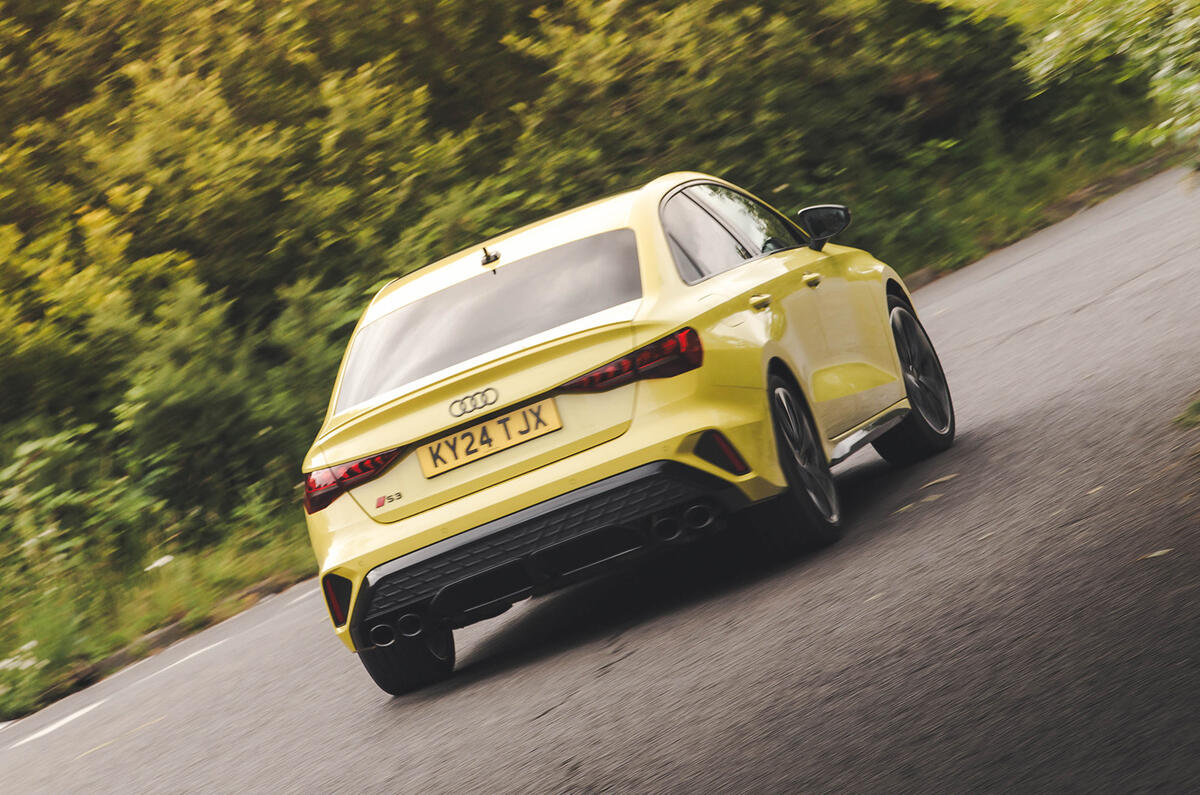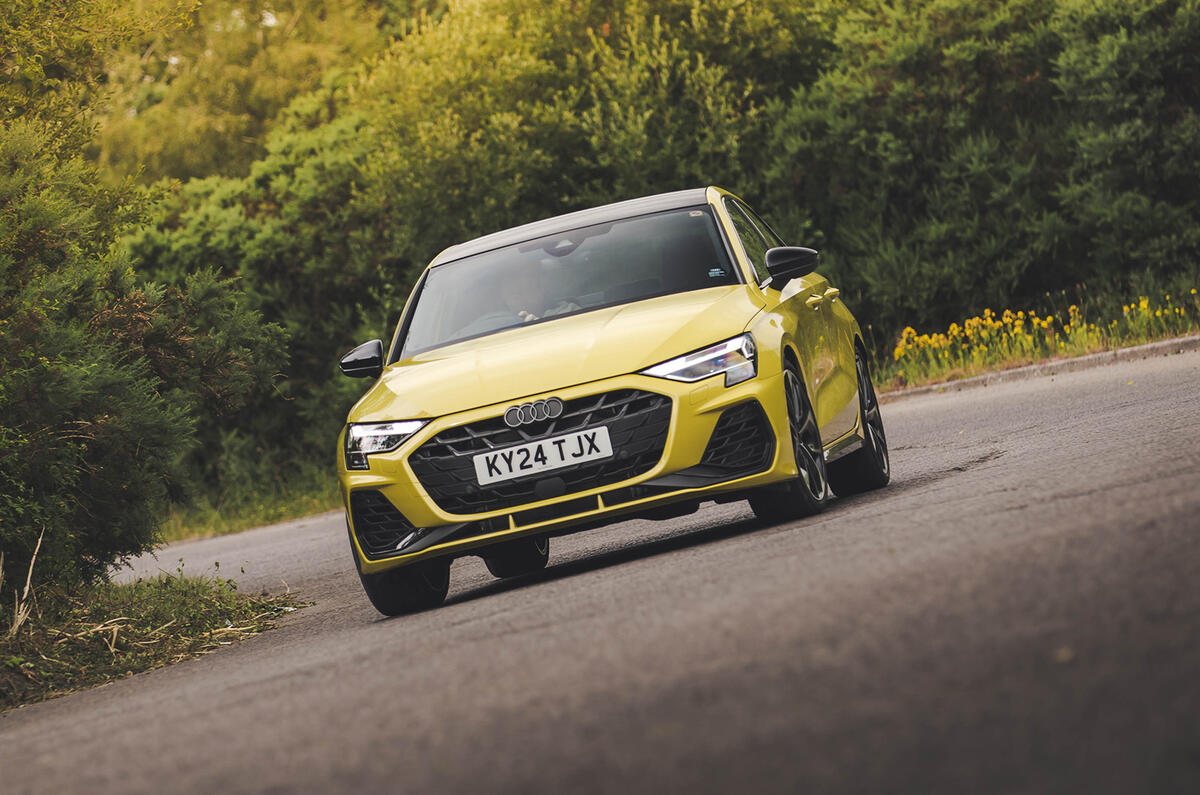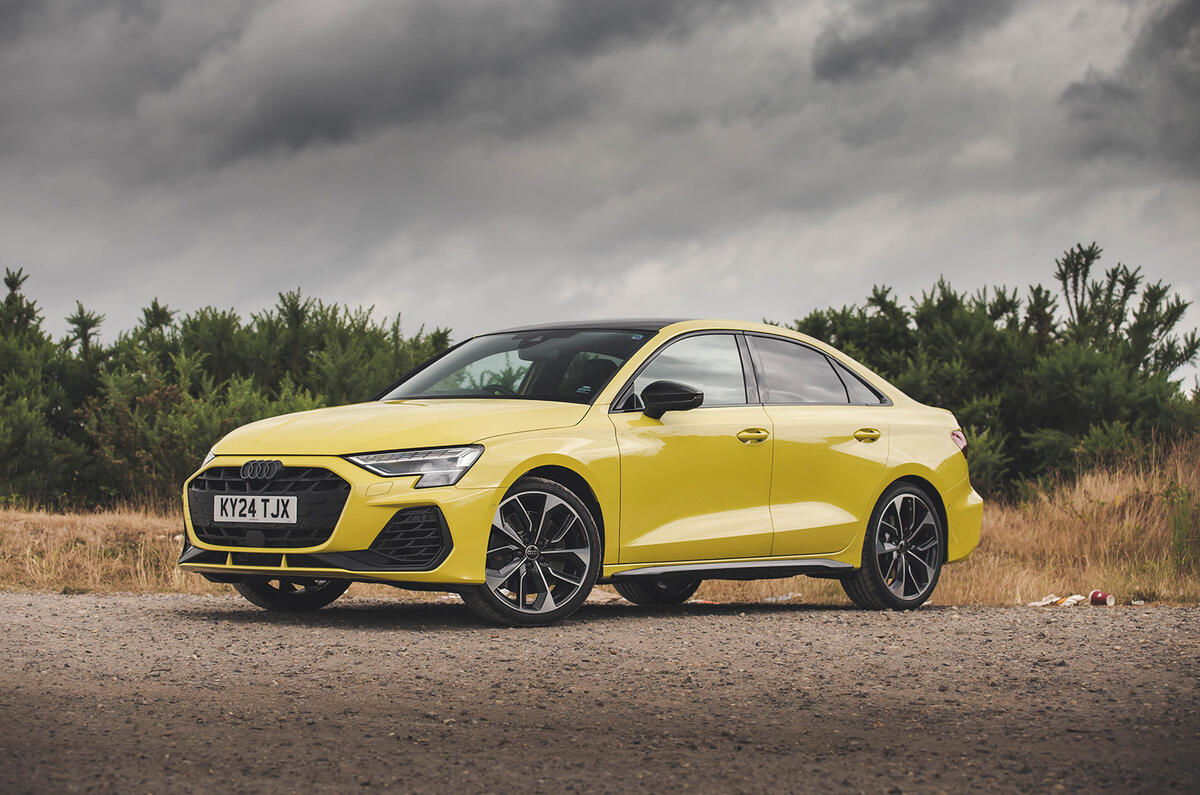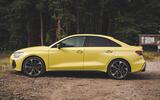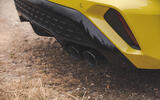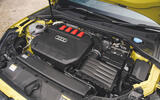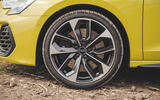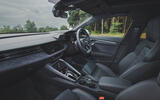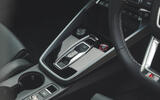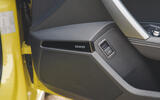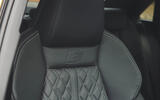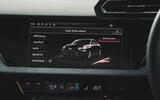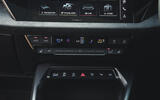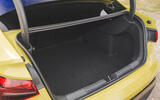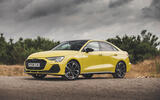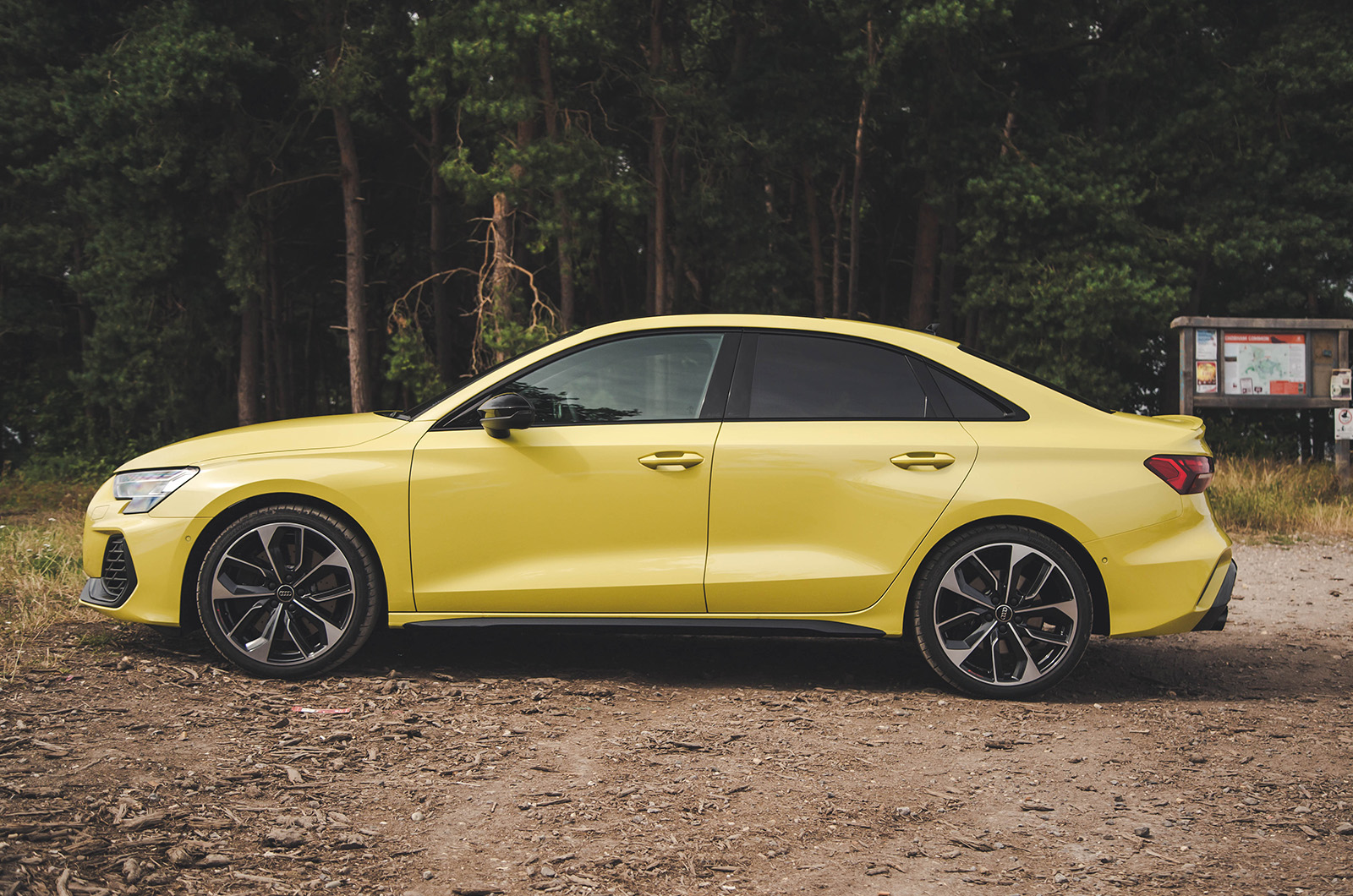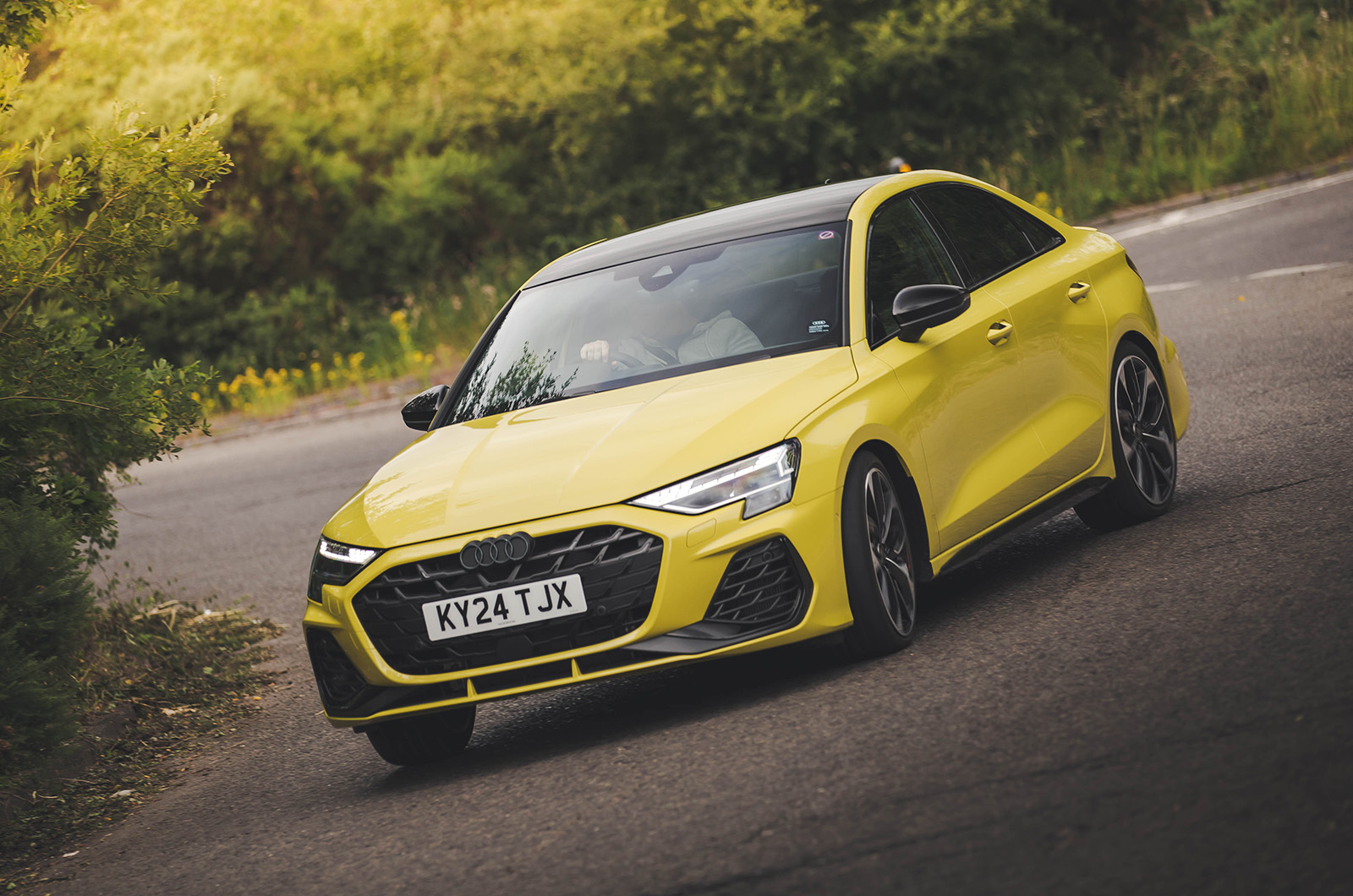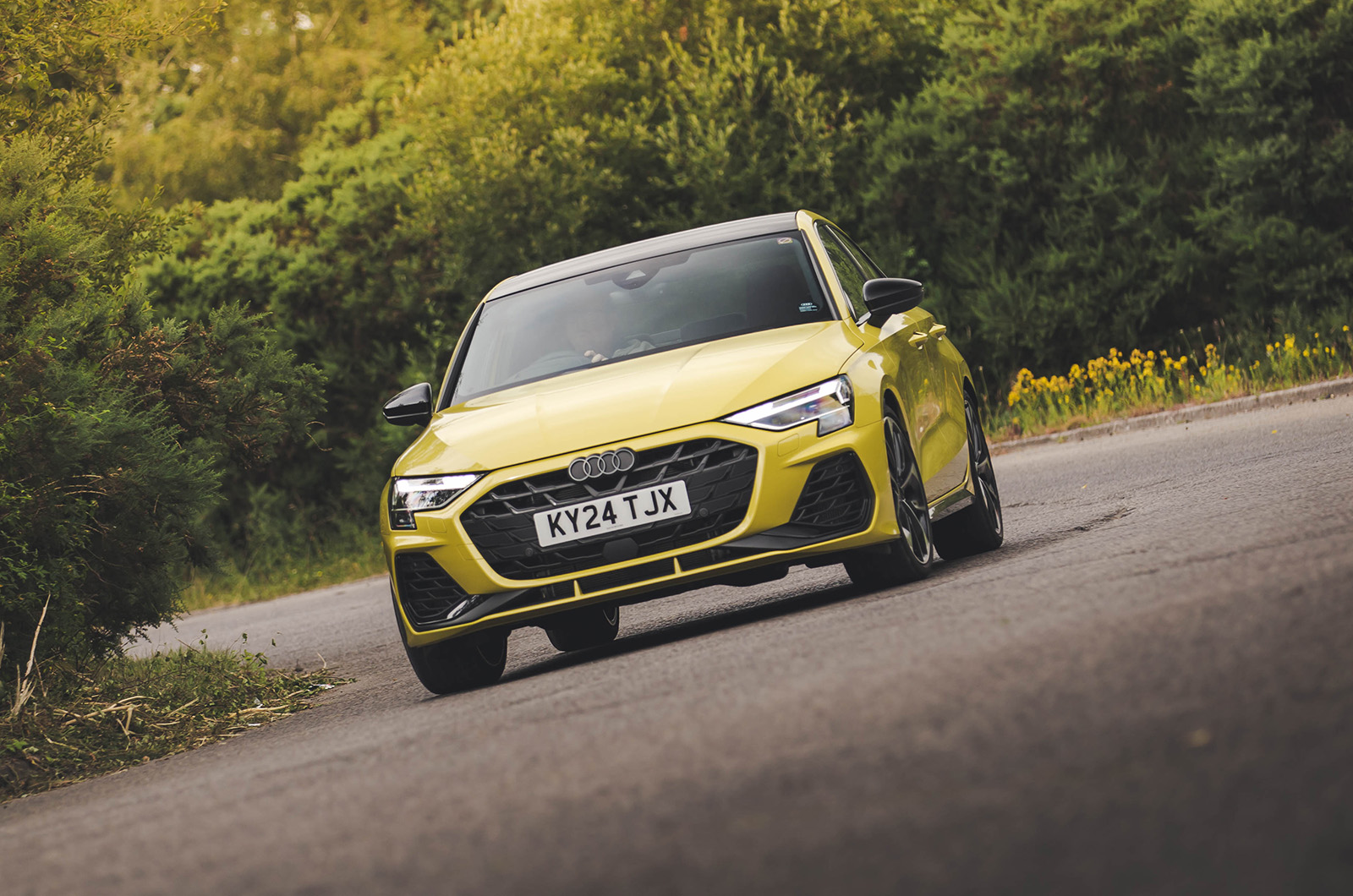As a concept, the Audi S3 possesses not one jot less appeal now than it did when the model first blazed the ‘sports premium compact’ trail four generations ago in 1999.
You take an upmarket interior and blend it with four-wheel drive – and, of course, power. All very Audi. But the brilliant bit is that the concoction is then wrapped up in the skin of an ordinarily sized family hatchback. The S3 therefore represents everything modern Audi does well, only distilled into a conveniently small package.
So why has this model so often failed to ignite much enthusiasm from enthusiasts? Even the 207bhp original Audi S3, now considered an attractive modern classic, came in for criticism because Audi dared to use the ‘Quattro’ moniker. Its crime was to employ an on-demand Haldex four-wheel drive system rather than Audi’s traditional, full-time Torsen-reliant Quattro set-up.
Since then, the S3 has been criticised for its weight, numb steering and poor value in comparison with its mechanically similar and recently outstanding cousin, the Volkswagen Golf R. But now, with a bit more punch and a much-enhanced mechanical specification, the S3 is renewing its campaign for the keen driver's vote.
The upgrades form part of a wider round of mid-life tweaks for the Audi A3 family, which has been on sale since 2020 and is tipped to soldier on until at least 2027, when there's word of an electric equivalent being rolled out.
On price, meanwhile - and in line with just about every combustion-engined performance car - the Audi S3 has been creeping its way upmarket over the past few years. The current, fourth-generation car appeared in 2020 as both regular A3 and S3, the latter on offer from a whisker under £40,000.



